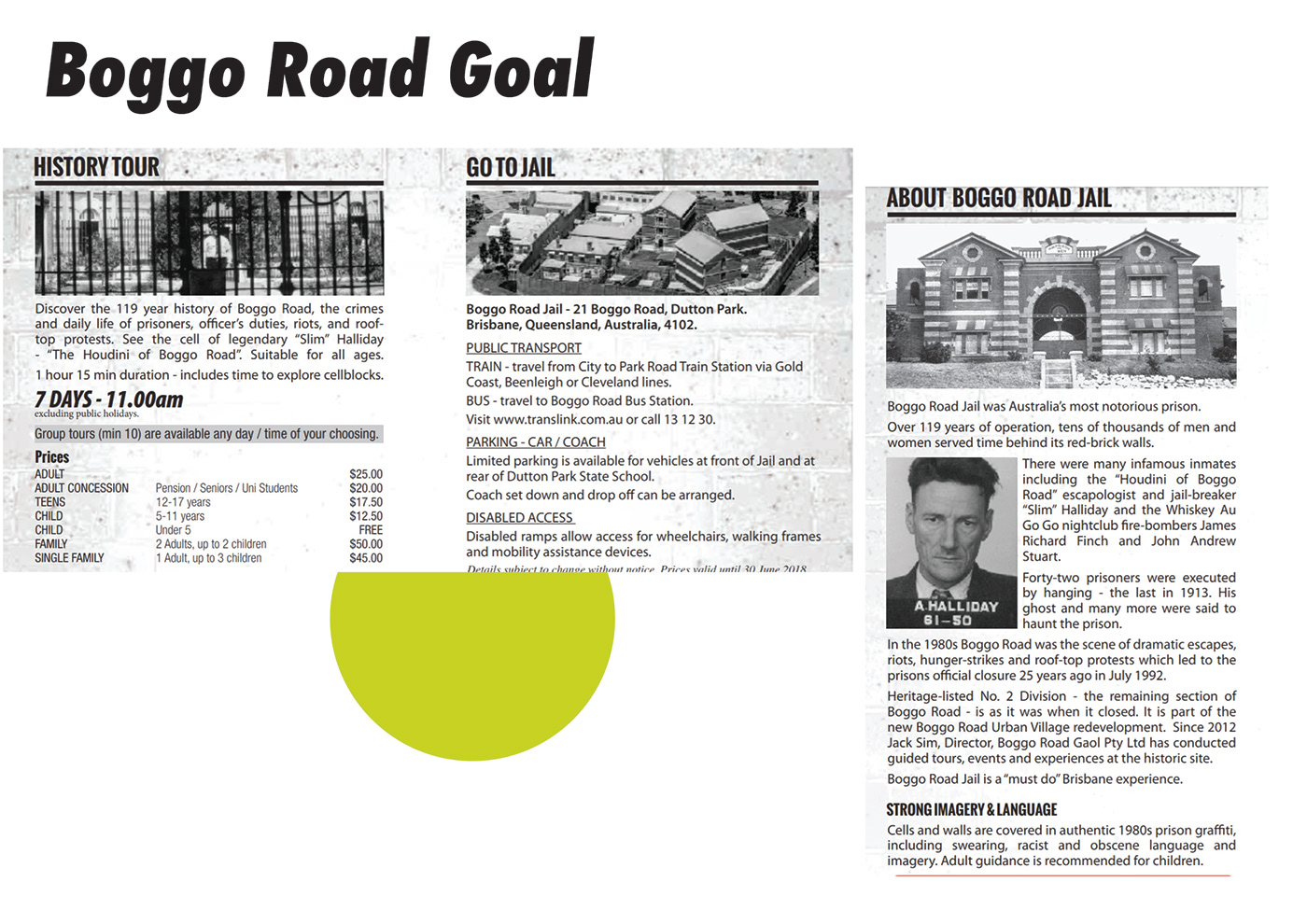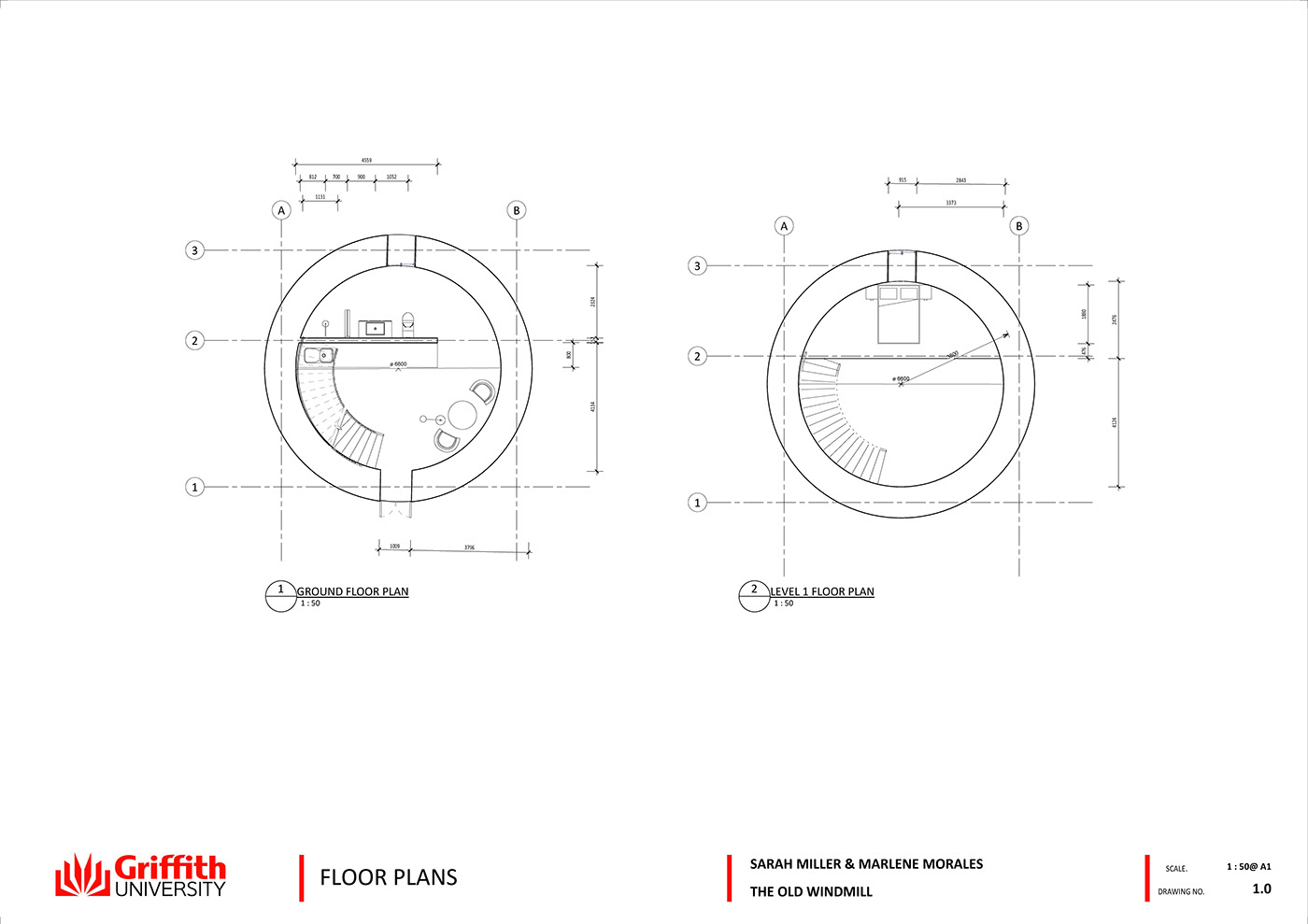BY Sarah Miller (s5081231) & Marlene Morales (s5094541)


WEEK ONE - HYPERREALITY
Hyperreality
( n: a real without origin or reality)
The theory of hyperreality looks into the notion of a false reality. Not a negative reality but a reality that as no origin. The images throughout society have become our new reality. This done through many means such as movies, social media, advertising, gaming ect. These images create our view of the world, mould us to believe in the reality which we are been feed not the reality which is in our head.
Hyperreality is seen all around the world and is a significant part of hotel design and hotel chains. Creating mini reality for the quest (almost like a virtual reality). A placer where people can have relaxation and escapism. This is currently working for the society as we have been told that it works for us through the use of images. Told that a luxury 5-star hotel with all the facilties is the number one place to stay as your home away from home. Which comes back to interiority - it is the design which makes our mind displaced. The hotel could be anywhere in the world but would you know where you are if you don't have to leave the hotel for anything.
This is changing through the use of airbnb and house sitting. Another view of hyperreality as you are put directly into another person reality (like stepping into their shoes).
This design does not work for the environment which surrounds the hotel. As a hyperreality hotels purpose is to keep the quest entertained within the confides of the hotel. Like a cruise ship of land. This reminds me of the Crown Hotel in Melbourne. This place in a mini city with a group of building. It has a never-ending casino with cafes and phone charges points. Up a level is beautiful restaurants and luxurious bars. It has arcades, cinemas, live theatre and concert. Another level of nightclubs, as well as a shopping mall attached through a raised walkway (you don't even have to go outside). Lets not forget the Crown Towers accommodation which also as pools, days spas, gym and tennis court. Hyperreality hotel is to keep people isolated to one building empire.
This is the essence of hyperreality, a place where you lose your own reality.




Pixel Hotel
The idea of a hotel being sprawled across the city rather then in one location destroys the notion of hyper reality hotels. This concept has the quest exploring the city through the hotel. Making connections throughout the urban fabric of the city. This is creating a unique experience for the quest. Accommodation that delves into the city, where you have to take in the surrounding. This is not about keeping people contained, its about exploring. It becomes a celebration of what Linx is and has to offer. Making links with place that already exist rather then building new infrastructure. This is supporting and respecting what has come before the hotel. Having to make your way through the city to your destination, a design which give the quest no choice but to be immersed in the city. Re-using old infrastructure bring the authenticity of Linx to the hotel.











THE OLD WINDMILL
The Old Windmill Brisbane - Convict Punishment to Observatory
Correspondence on 6 June 1828 from the Colonial Secretary Alexander McLeay to Captain Logan advised that:
'as the numbers on the settlement will be materially increased within a short period, you will be pleased to take steps for extending the land in cultivation, it being important on every account that the government should be relieved from the trouble and expense of sending supplies of this nature from hence'.
Supplies of maize flour coming by ship from Sydney often took over a month to arrive, which meant the settlement would have had shortages of food. A windmill at Brisbane was begun on a hill which is now Wickham Terrace above the settlement in July 1828 and was in operation by the following October.
Up to that time, flour in casks were shipped to the settlement from Sydney. Locally grown wheat and maize could be utilized with the introduction of local grinding facilities. The convicts took the maize and wheat in a hand cart from the fields to a barn near the corner of present day Albert and Elizabeth Streets.
Thrashing to loosen the grain from the stalk was undertaken and then the seed was carried by bullock dray or handcart to the old windmill. This barn, after free settlement, is where the first Catholic congregation started.
After construction, the Windmill needed constant repairs and failed to operate in calm weather. There was a proposal to build a convict operated treadmill due to the constant failure of the old Windmill.
In 1837 Andrew Petrie arrived in Brisbane as the Superintendent of Works in the settlement. He became Brisbane's first and most important building contractor. With Petrie’s expertise, Brisbane's old Windmill with enough wind power, continued to operate under sail until 1841.
The Treadmill
The primary use of the Treadmill attached to the the old windmill brisbane was as a means of punishment, other than flogging or solitary confinement. Punishment for relatively minor offences meant the convict received a flogging of 25 lashes or a 14-hour stretch on the Treadmill. Allowances were made for a short rest period when four convicts were allowed off the treads at a time.
James Backhouse recorded in his diary that twenty-five prisoners generally worked the Convict Treadmill at a time but when used for special punishment, sixteen are kept upon it for fourteen hours at one time. Long hours of tiring work in a subtropical climate and undernourished by a poor diet contributed towards the relatively high convict death rate. A day on the Treadmill replaced whipping for less serious offences.
An official Report of Convict Deaths, made in September 1829, states prisoner Michael Collins became 'entangled in the machinery of the tread wheel and was killed'. There were descriptions of men dying of exhaustion after long hours on the Treadmill. Heat exhaustion after arduous work on the Treadmill accounted for the high rates of hospital admission in the summer of 1829.
To operate the treadmill, the convicts grasped an overhead rail with both hands and tread wide steps as if walking continuously upstairs. They had to step briskly or be struck on the shins by the next tread as it came round and those with the heavier leg irons had the hardest job trying to keep up.
William Ross, a prisoner at Moreton Bay from 1826 to 1833, made account of the life of a convict at Moreton Bay in his book The Fell Tyrant. He complained how the brutality used on this piece of machinery is beyond the power of a human being to describe.
His memoirs record that 'six out of ten prisoners would rather be hanged than drag out a life of such misery'. Some are supposed to have killed another convict or an overseer in order to be hanged.
In the late 1830s the miller was Martin Frawley, who still operated the old windmill in Brisbane for the free settlement in 1845 as an ex-convict. The government put the old windmill in Brisbane up for auction in 1849, but such was the local outcry that it was retained as a landmark for public use. In 1861 Brisbane's old windmill was converted to a signal station.
The architect was Charles Tiffin and the work was carried out by John Petrie who replaced the rotating cap and arms and added a fifth floor to the old windmill. The old windmill was converted to an observatory with a flagstaff being erected in 1865for flying shipping signals received by telegraph from Fort Lytton. During the 1890s the roof was used by the fire brigade for night fire-spotting. From 1922 to 1926 the tower served the Institute of Radio Engineers for meetings and experiments and during the 1930s and 1940s it was the venue for pioneer television broadcasting.
After the Moreton Bay Convict Settlement was closed and the free settlers came to Brisbane Town the Treadmill was dismantled. The old windmill then became notorious for being the first gallows in Brisbane. On 2nd July 1841, two male aboriginals Merridio and Neugavil were hanged from the improvised gallows after being convicted in Sydney of the murder of the surveyor Staplyton and his assistant Tuck on the 14th May 1840 near Mt. Lindsay.
From: http://www.brisbanehistory.com/windmill_and_treadmill.html






KURILPA LIBRARY
Research File can be found on One Drive.
KURILPA AREA - Indigenous History
Within – the tribe were clans and family groupings, which were responsible for their own areas; looked after the land and the well being of their people. “Each tribe had its own boundary, which was well known, and none went to hunt, etc., on another’s property without an invitation, unless they knew they would be welcome, and sent special messengers to announce their arrival. The Turrbal or Brisbane tribe owned the country as far north as the North Pine River, south to the Logan River, and inland to Moggill Creek. This tribe all spoke the same language, but, of course, was divided up into different lots, who belonged some to North Pine, some to Brisbane, and so on. These lots had their own little boundaries. Though the land belonged to the whole tribe, the headmen often spoke of it as theirs. The tribe in general owned the animals and birds on the ground, also roots and nests, but certain men and women owned different fruit or flower-trees and shrubs.” (Constance Petrie, Tom Petrie’s Reminiscences of early Queensland 1904, p. 1 1 7).
The Turrbal people were fishing people. The Brisbane River was an essential source of livelihood for the Turrbal people. Creeks and swamps around Brisbane were vital food sources. Tom Petrie recalled in his writing in 1901 that, as a young boy he used to catch tortoises with Turrbal children in the swamp at New Farm – which meant “a place of the land tortoise”. Binkenba was the Turrbal name for New Farm. Kurilpa was the Turrbal name for West End – which meant “a place for rats”.
Many clans existed within the Turrbal nation, such as the Duke of York clan, the Coorparoo clan… etc. Many lived along the Brisbane River and its associated waterways, particularly before European settlement. The Brisbane River supported the livelihoods and lifestyles of the Turrbal people for fishing and other spiritual and recreational activities. Mrs. Connie Isaacs, the oldest surviving member of the Turrbal people, has knowledge of the cultural significance of the Brisbane River to her people. Mrs. Isaacs is the great great great granddaughter of the Duke of York the highly respected tribal elder who presided over the clan from the 1820s to 1850s. She is over eighty years of age.
From: http://dakibudtcha.com.au/Turrbal/index.php/culture/




























































































































































































